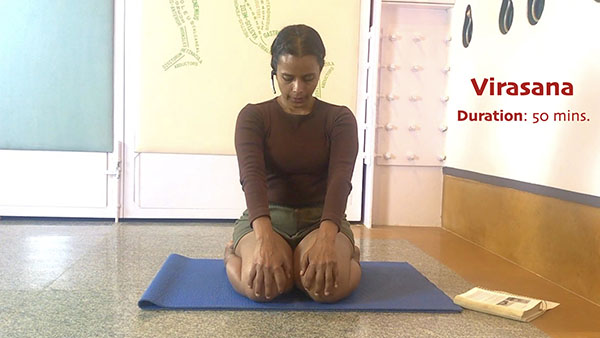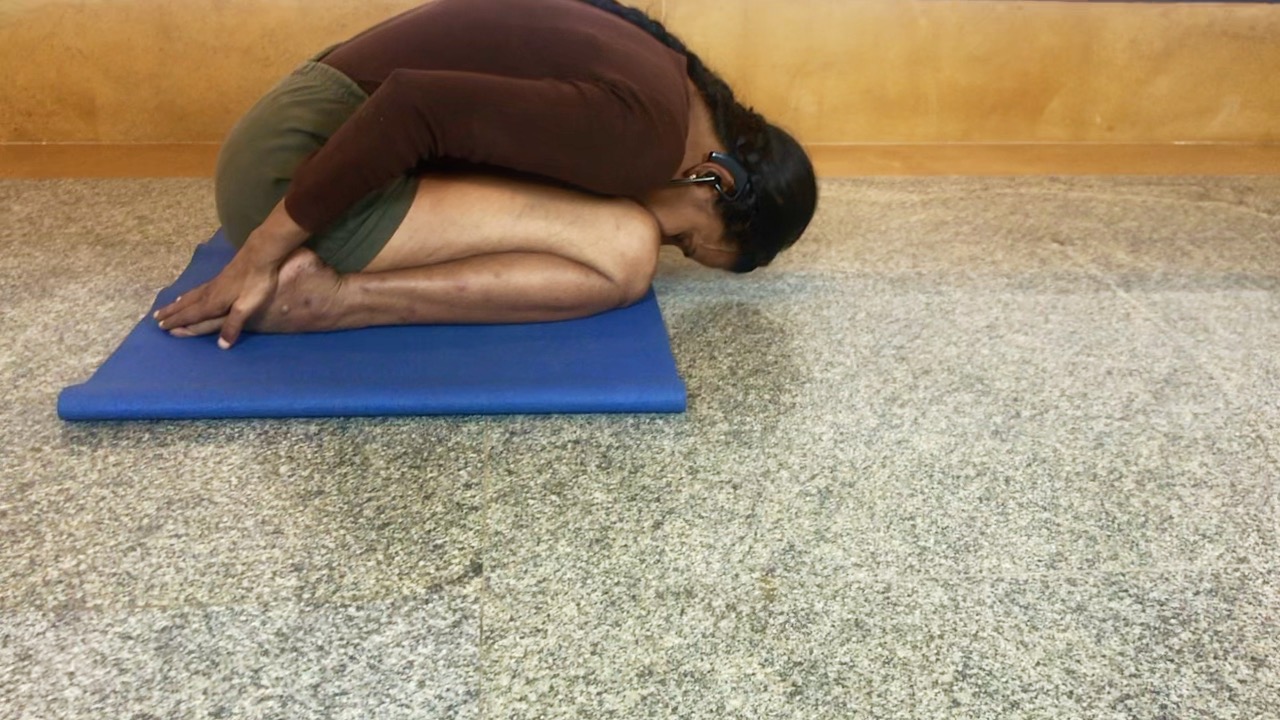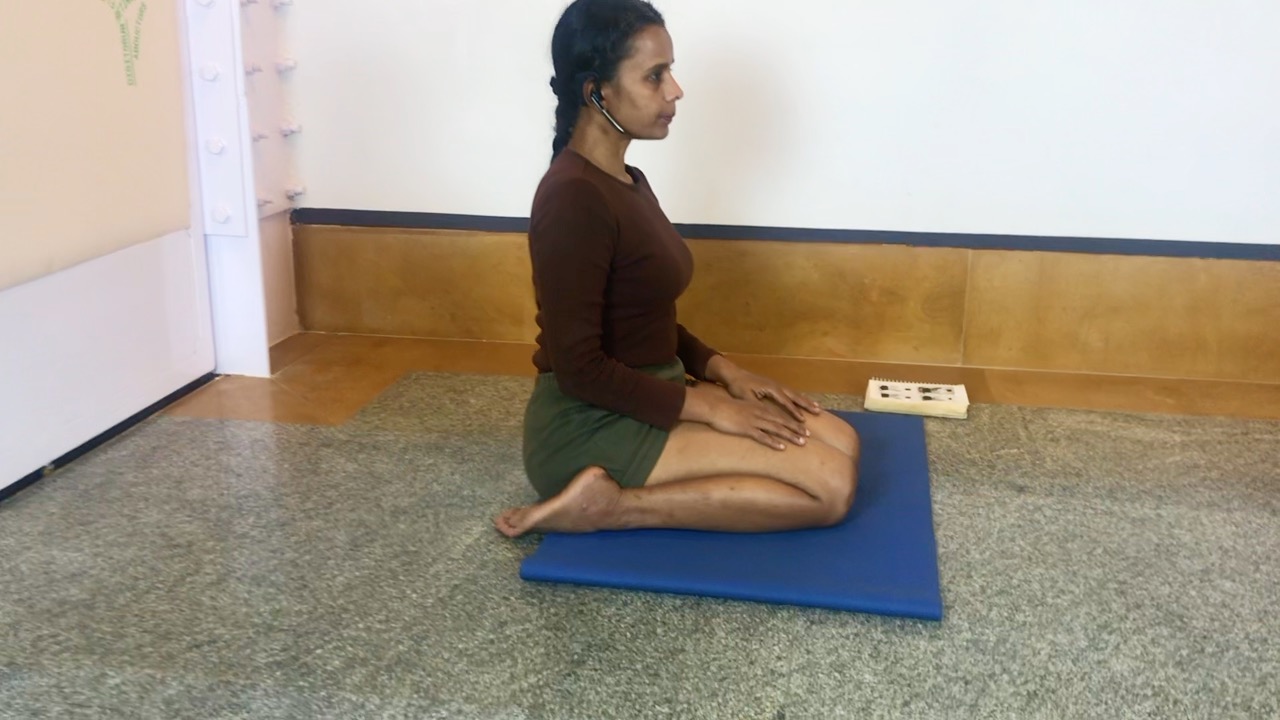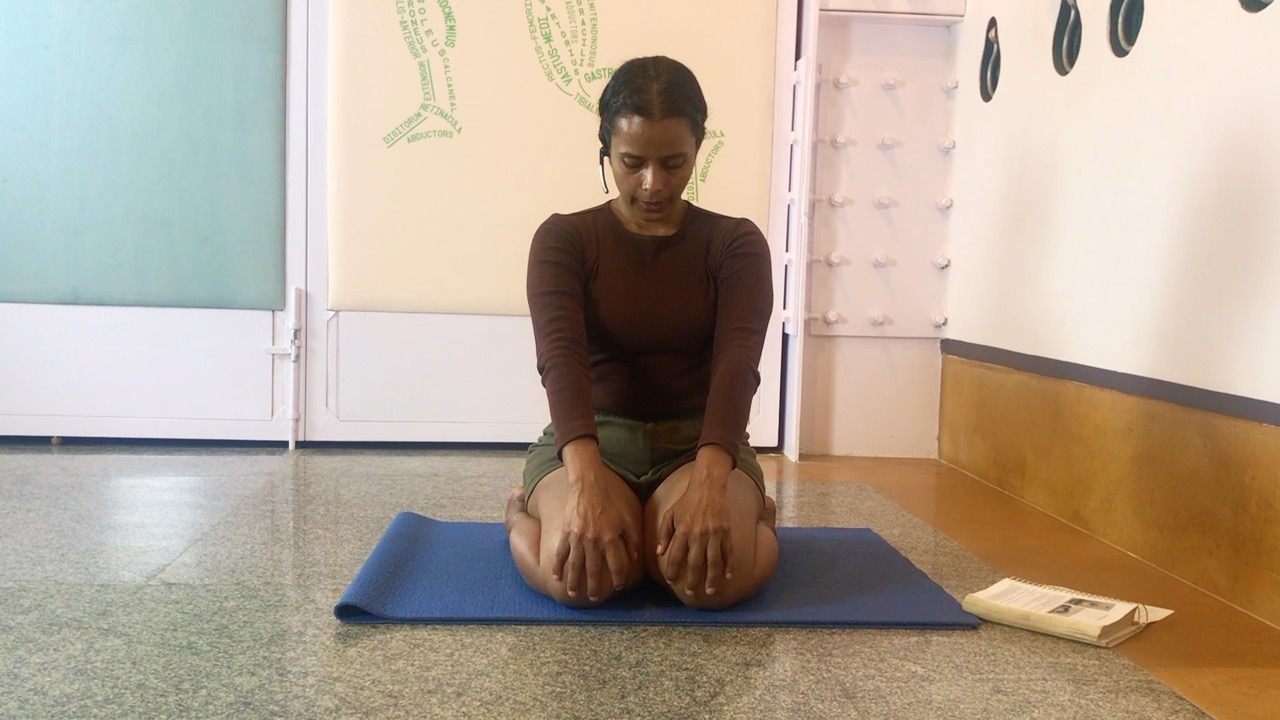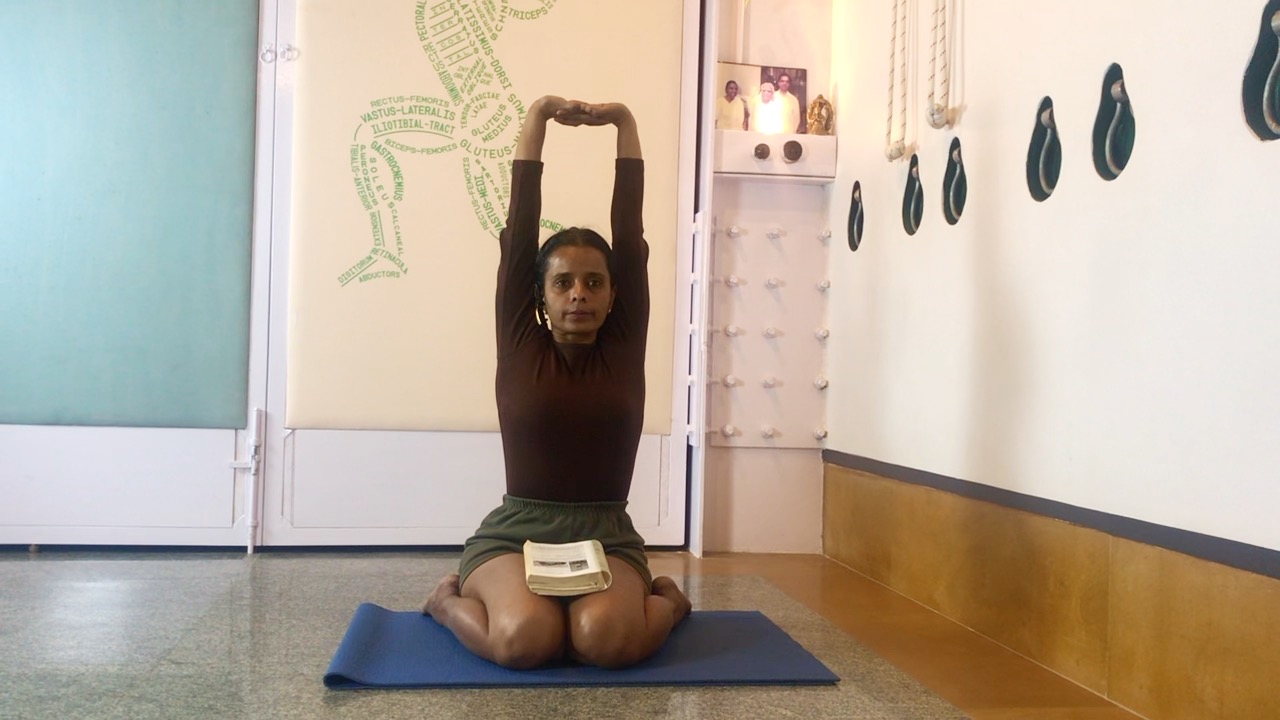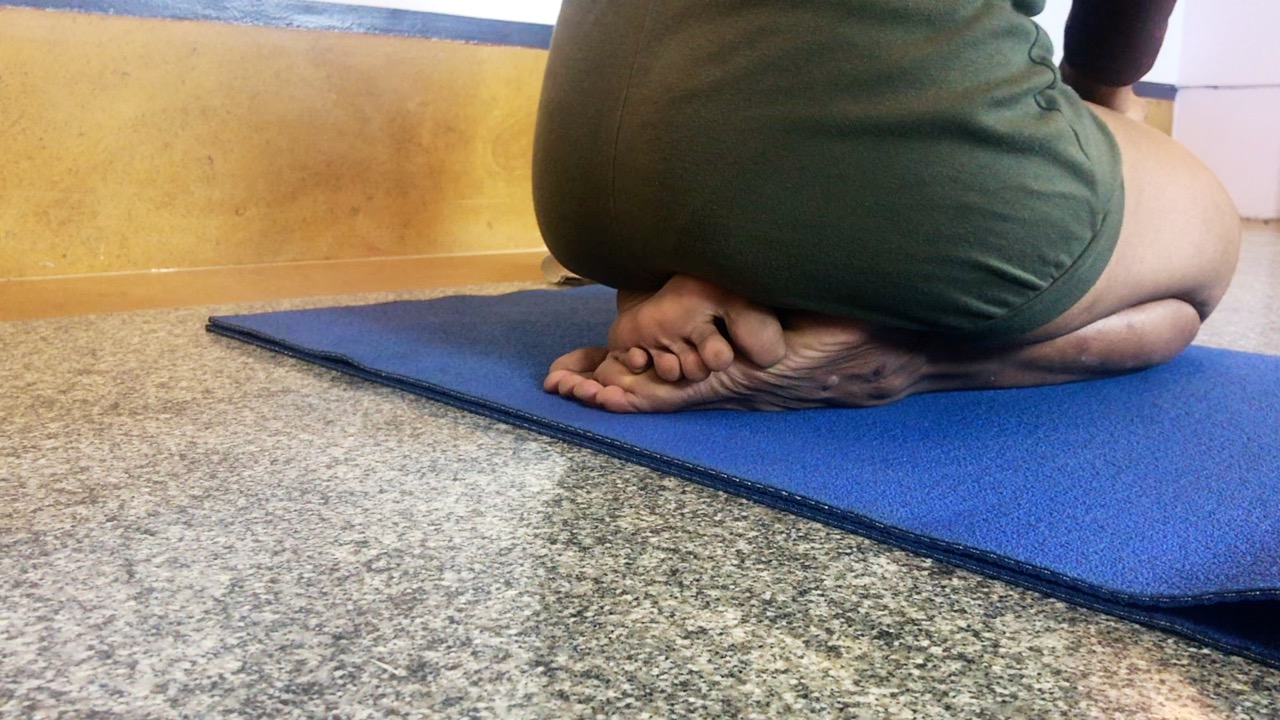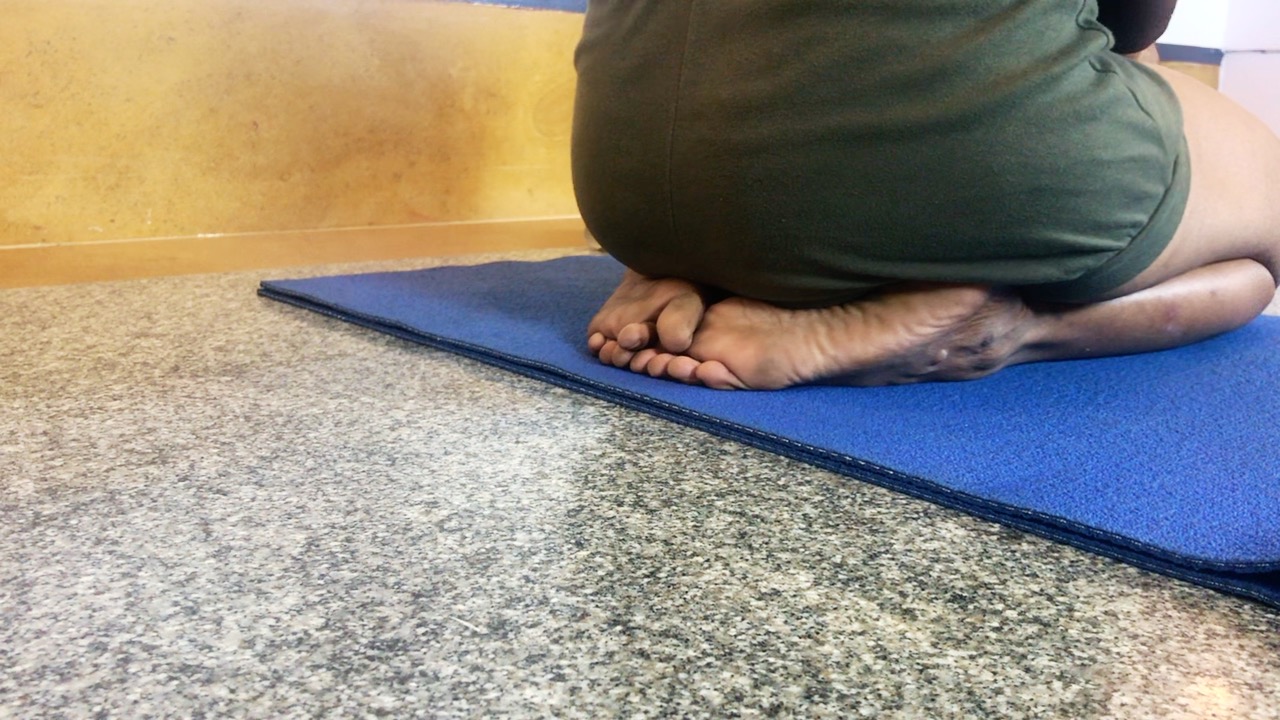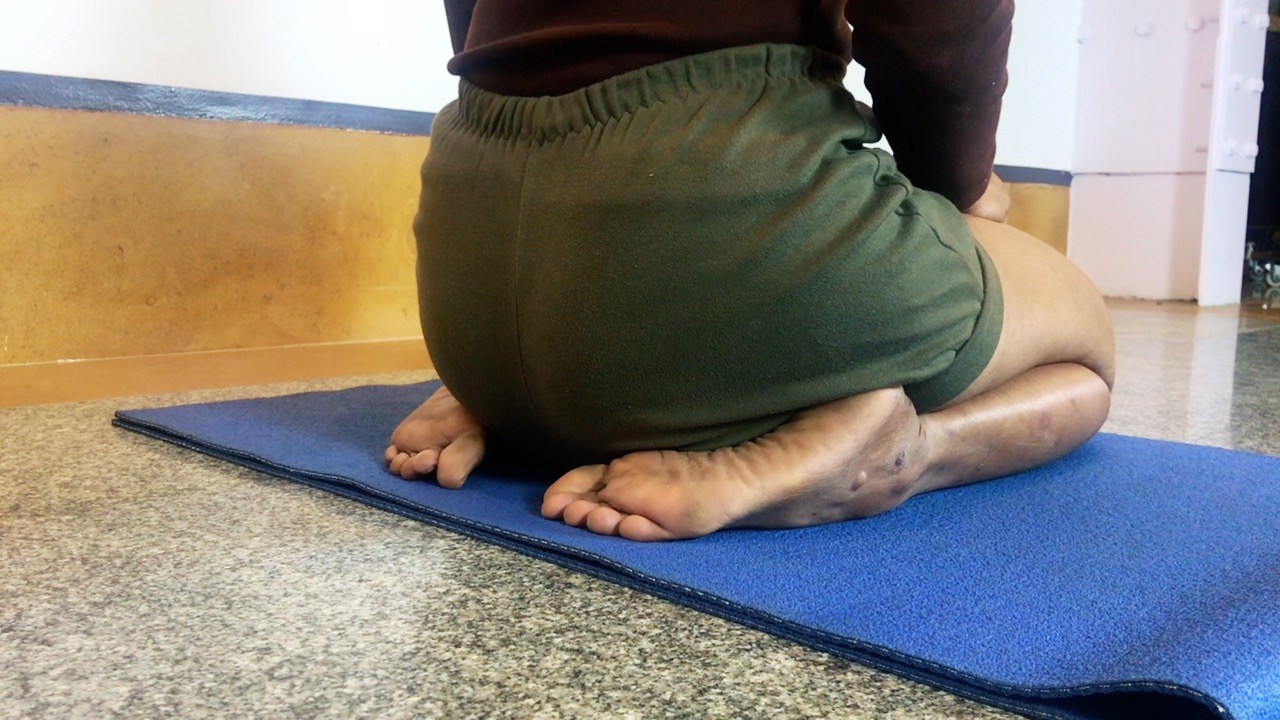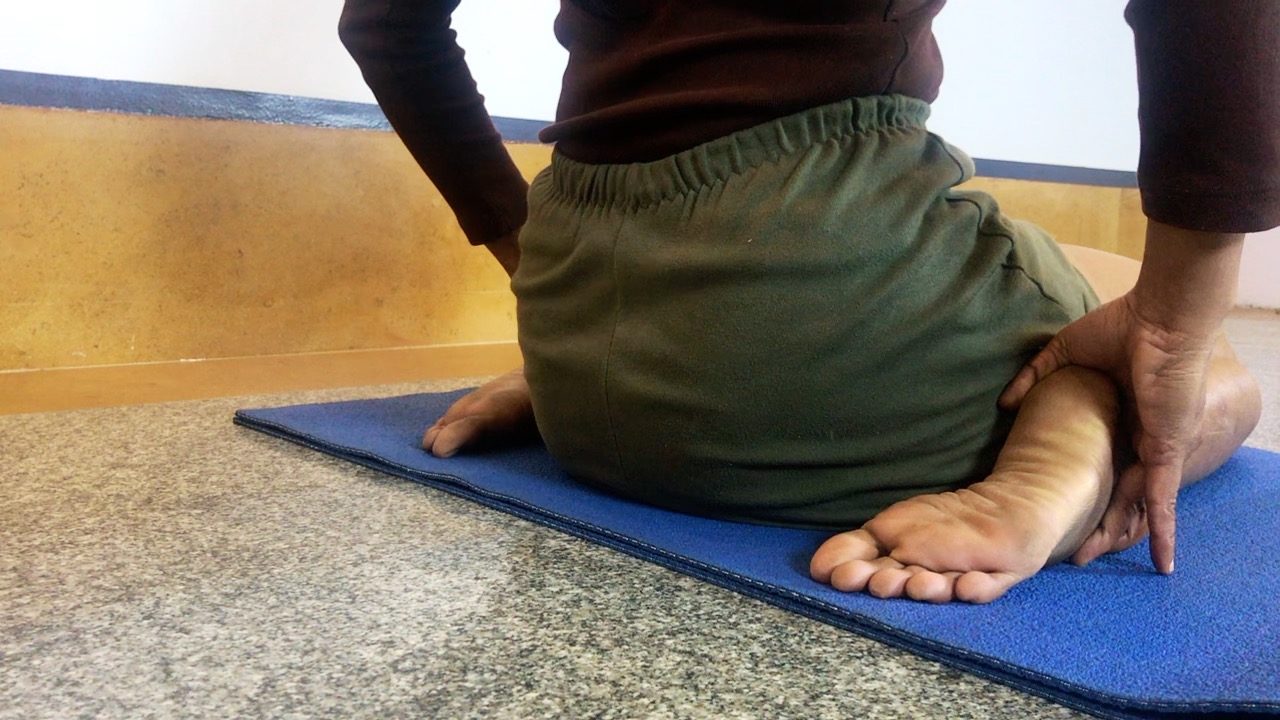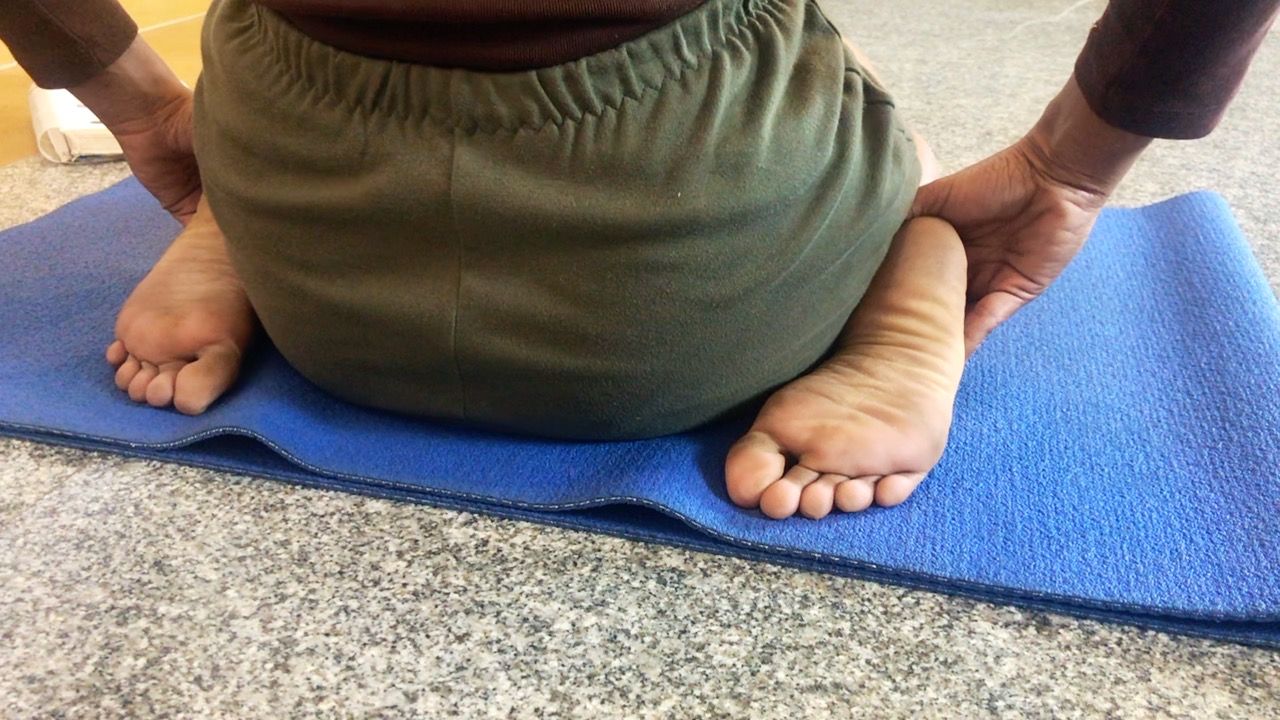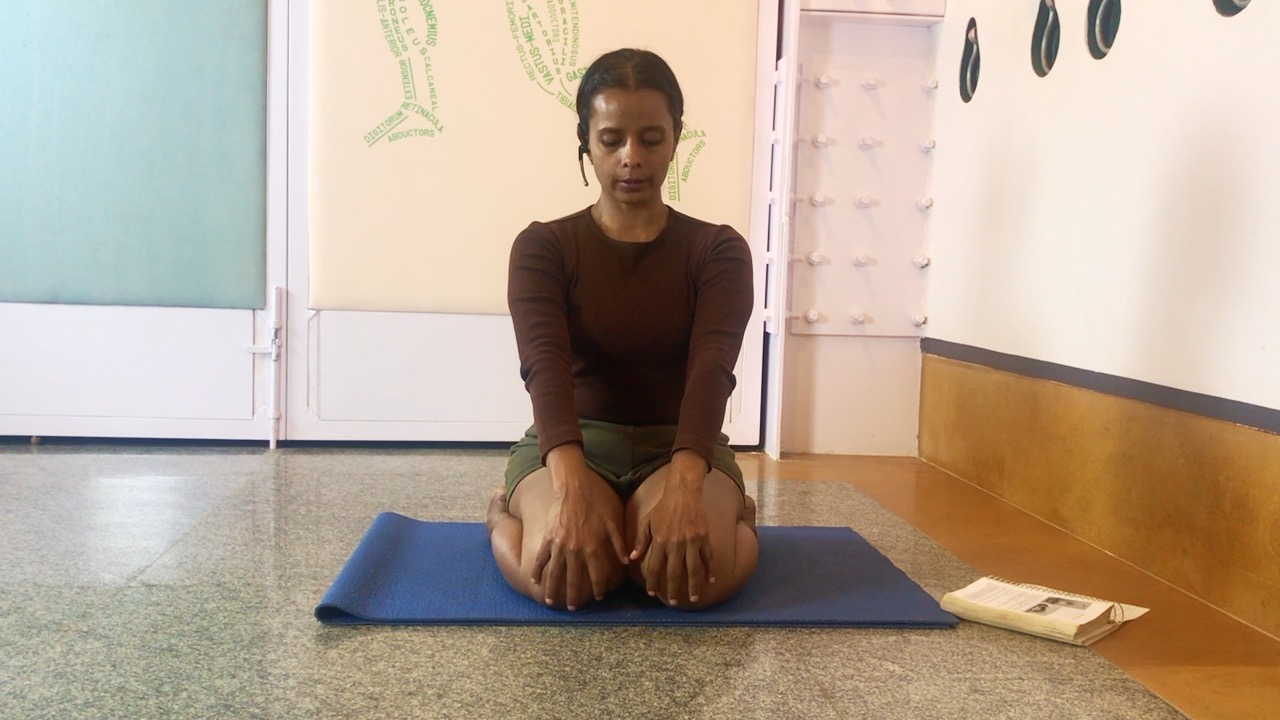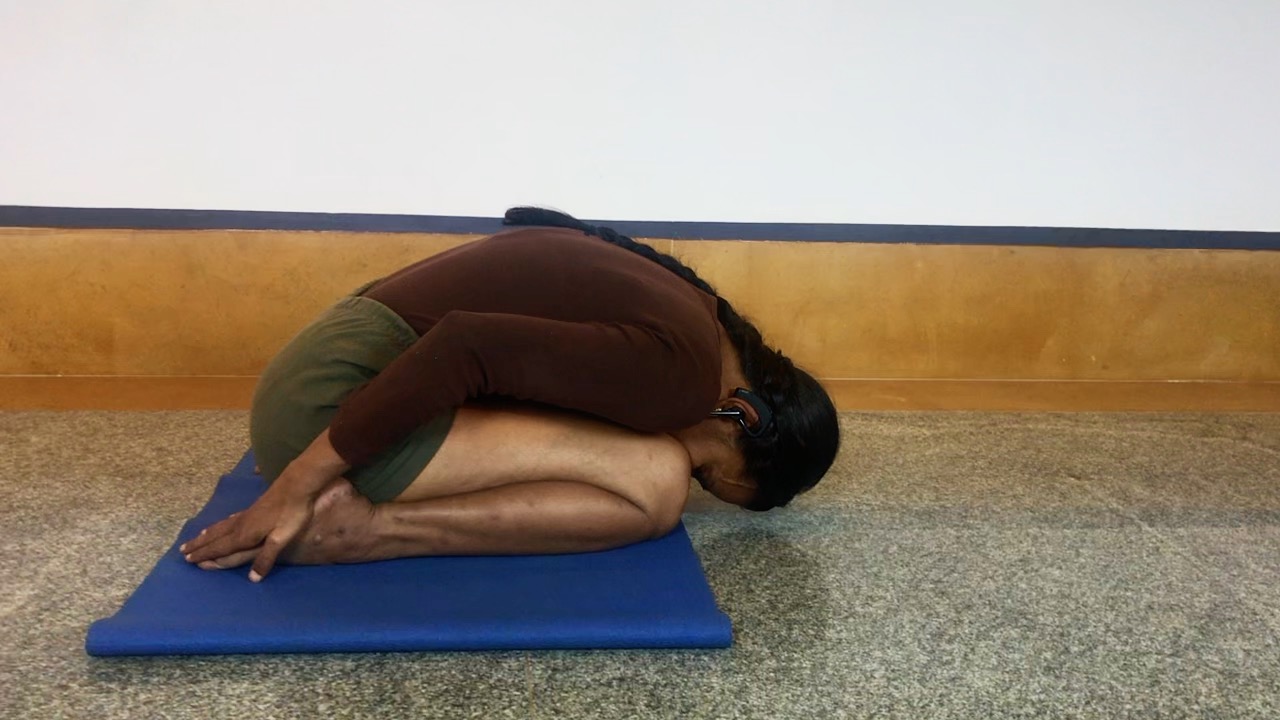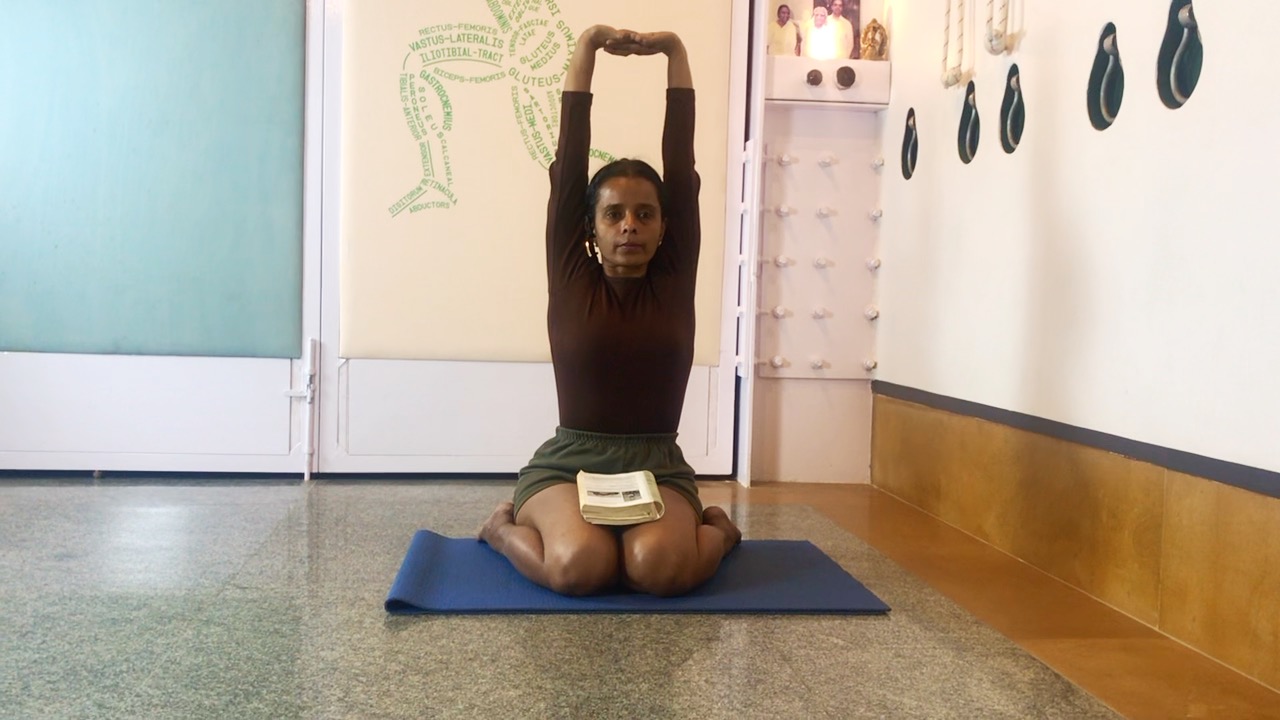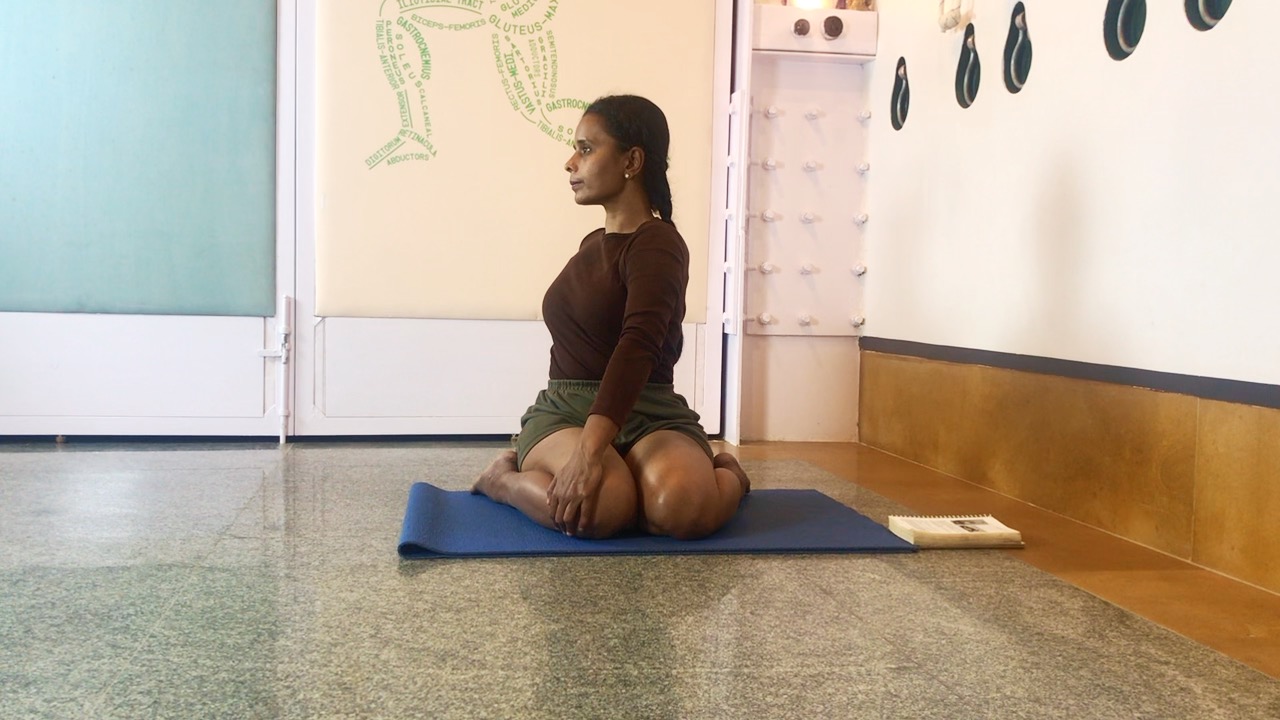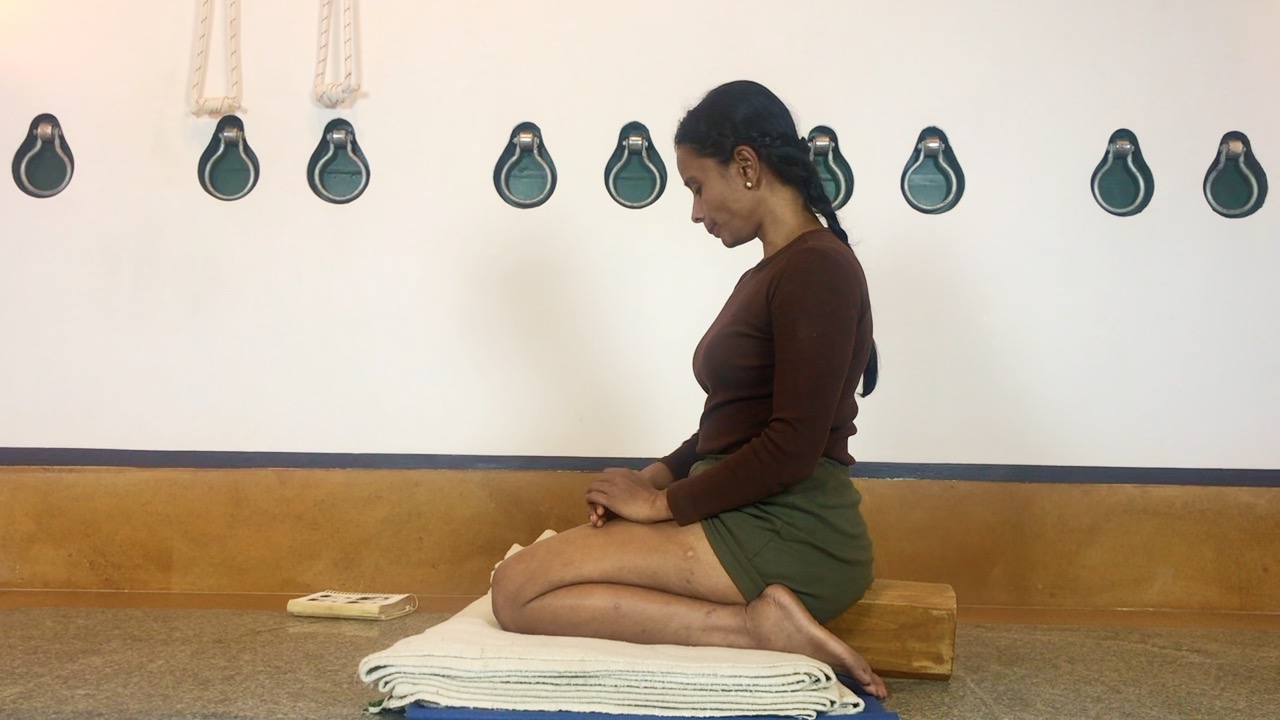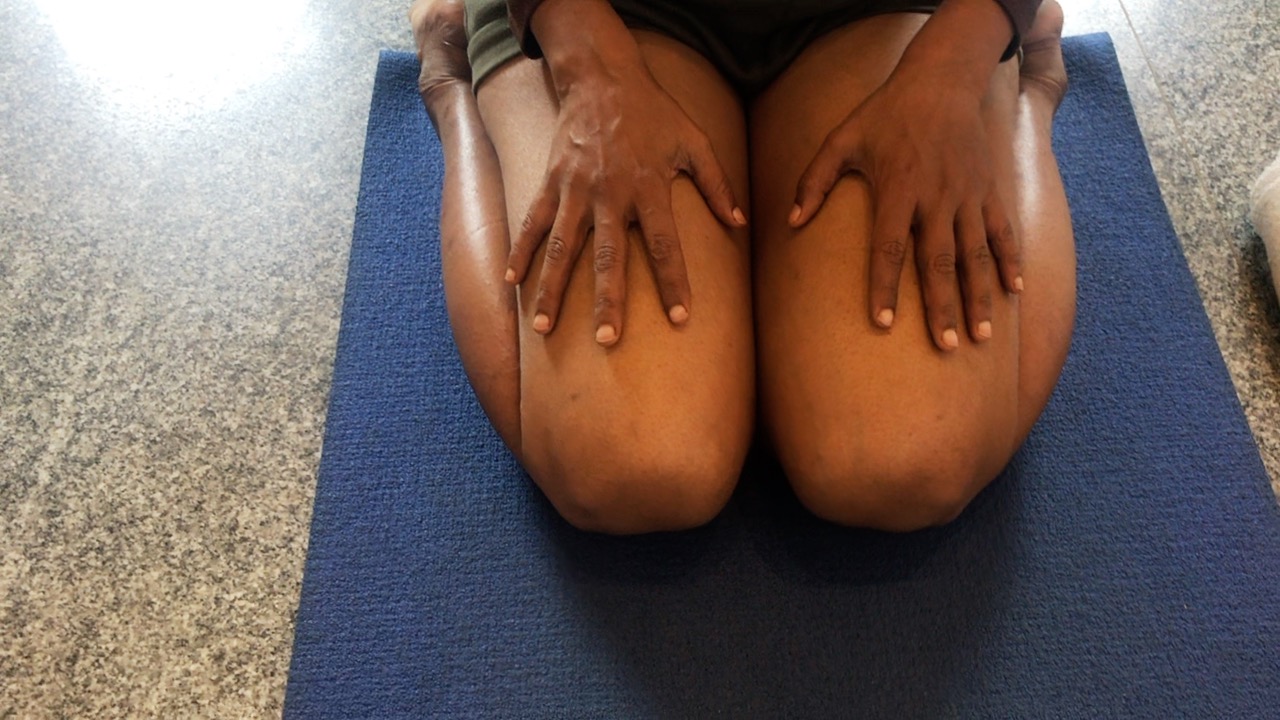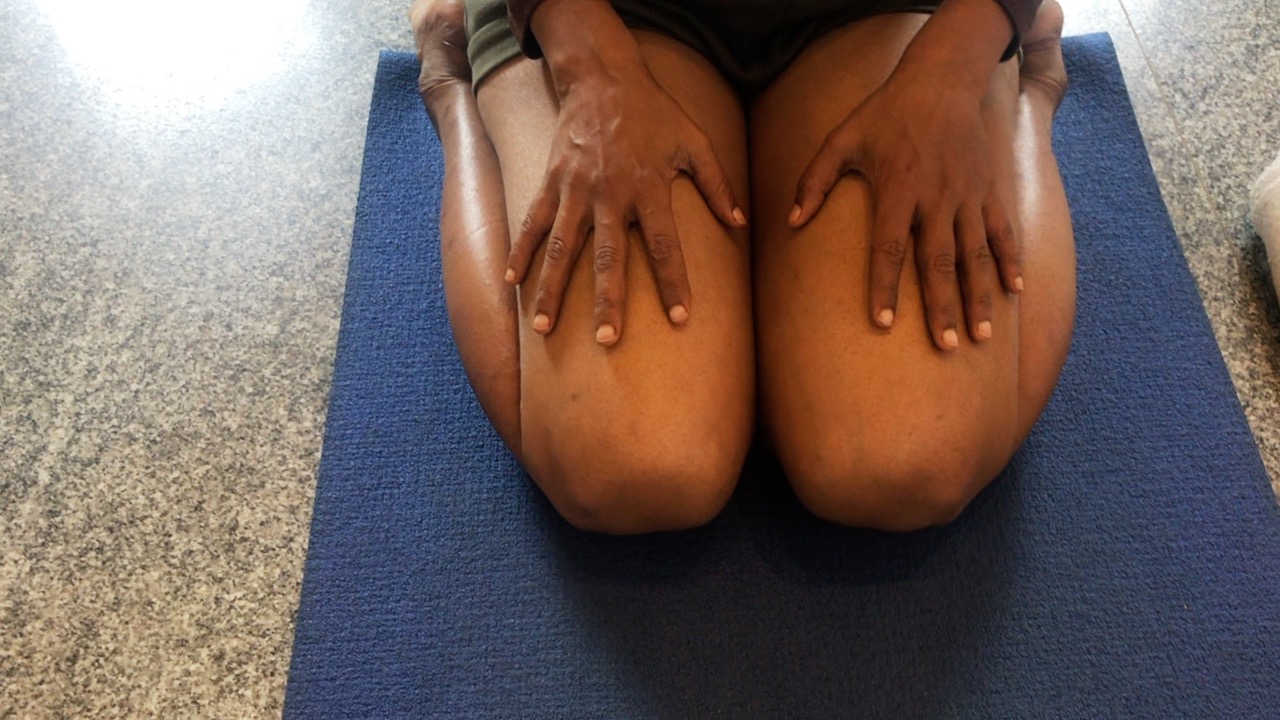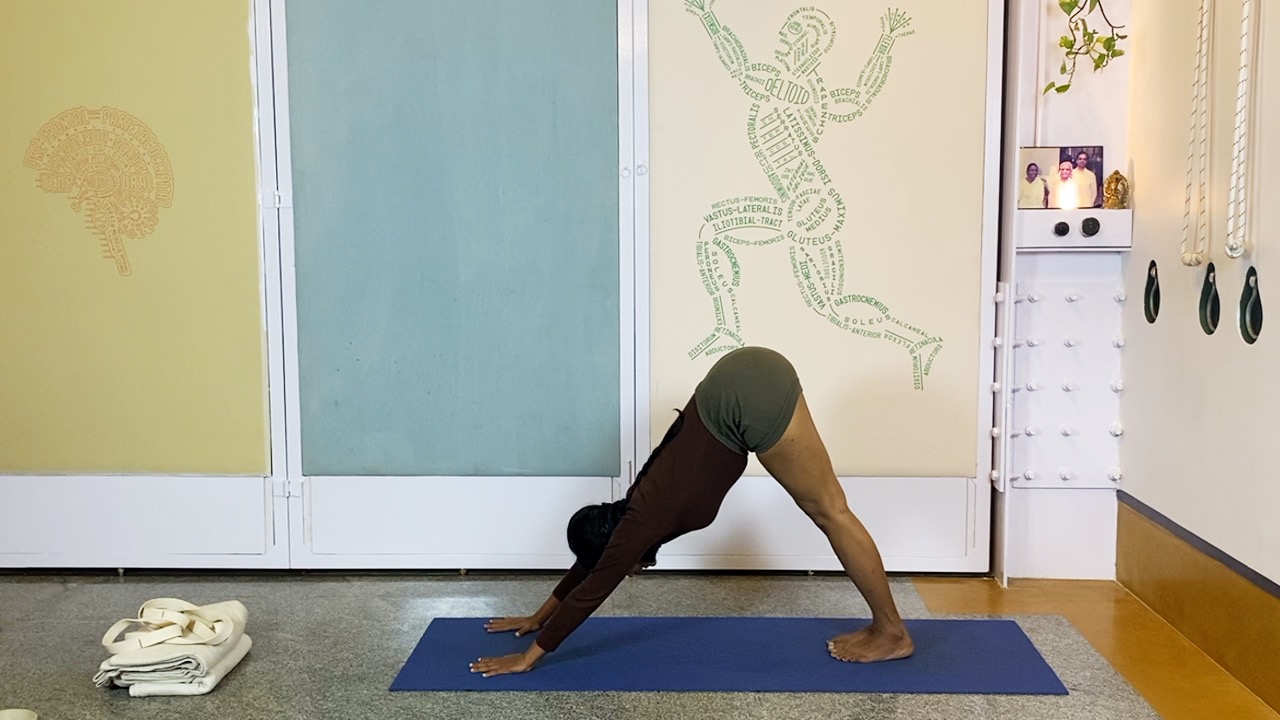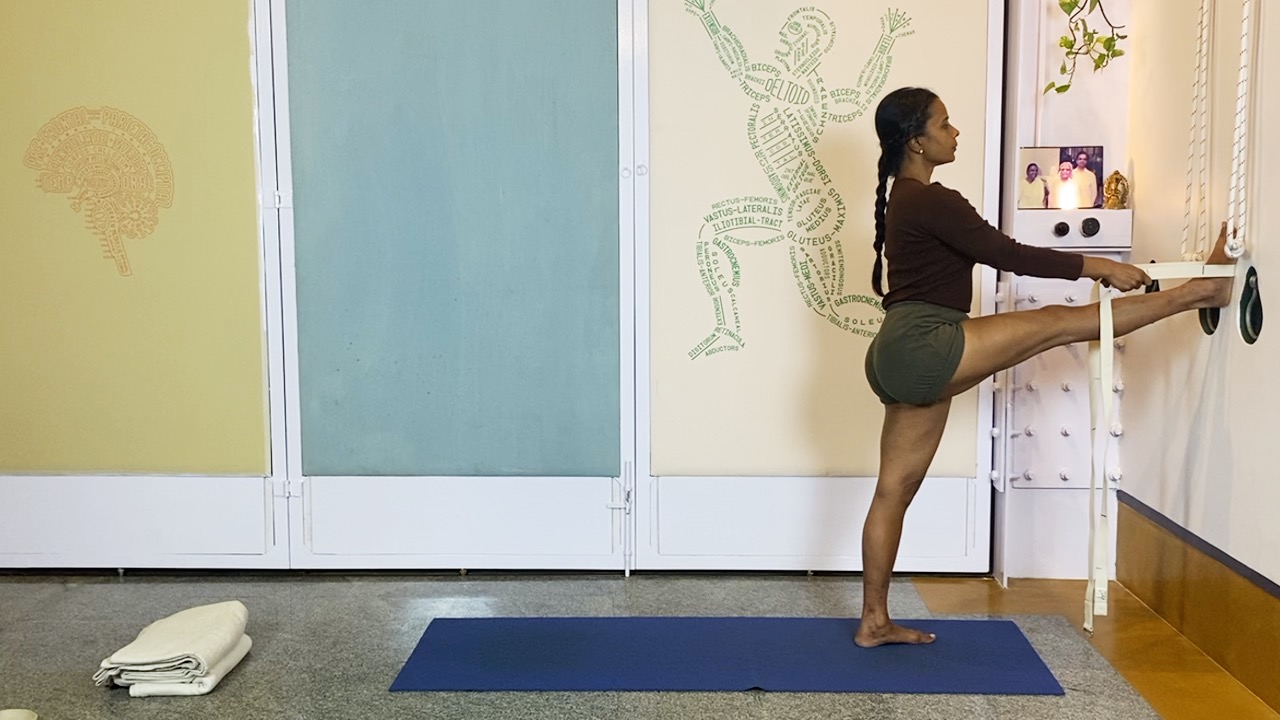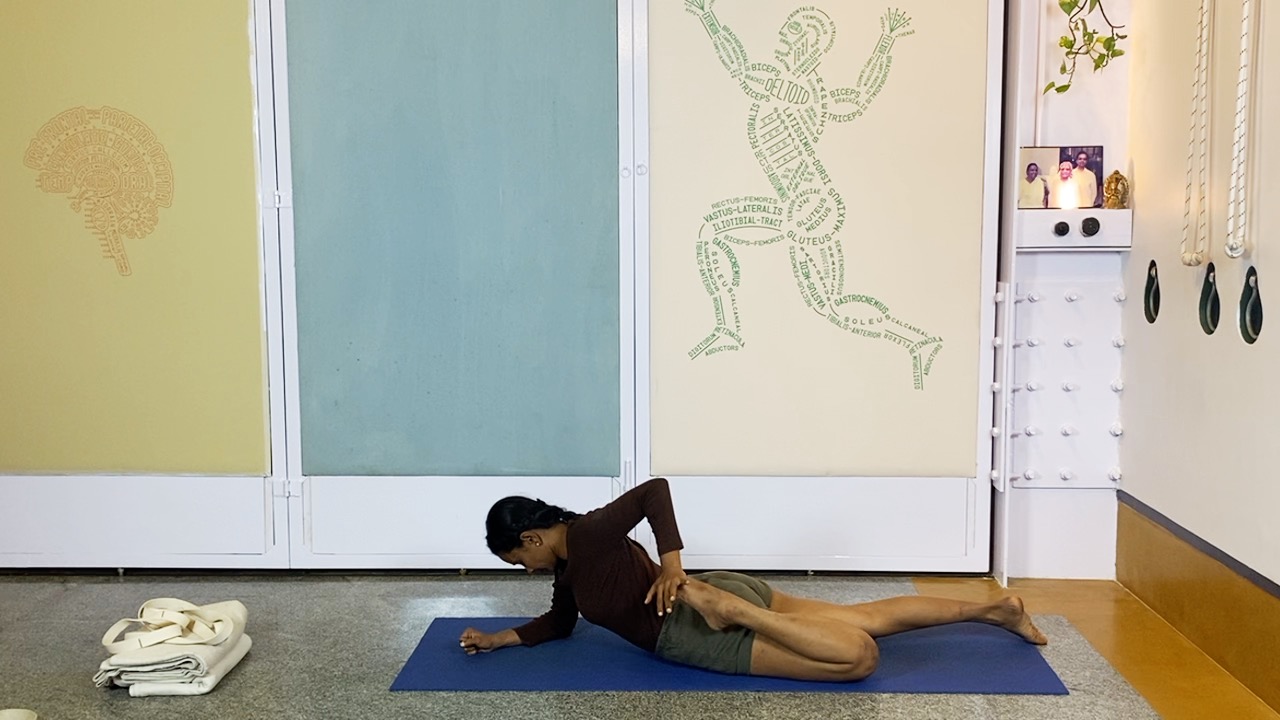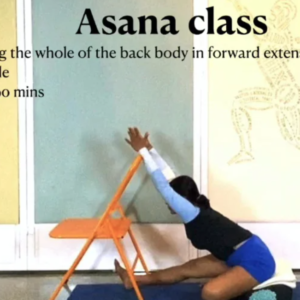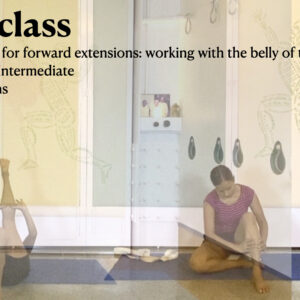Description
Virasana, and its extensions into Supta Virasana, are excellent conditioners of lower limbs. Supta virasana and Adhomukha virasana are often used therapeutically for a wide range of conditions, as preparation for other types of asanas, and as a seat for pranayama. The Virasana leg positions involves flexion at the hip joint, complete flexion at the knee joint, and plantar flexion of the ankles. The ‘squeezing’ action of the legs on themselves stimulates blood circulation in the legs, the flexions at the knee and the ankles can keep these joints supple and healthy. However, this position has been a casualty of our modern lifestyle. We rarely sit on the floor, we no longer squat, and we spend a lot of time seated on chairs. As a result, this position that used to be natural just a few decades ago is now becoming difficult to more and more people. Difficulty in Virasana can be due to limitation at the hip joint, length of the hamstrings, stiffness in the knee, shortness and hardness of the calves or stiffness in the ankles. If nothing else, this is a wonderful diagnostic tool for us to identify the imbalances in our legs.
This session starts with preparation for Virasana – full extension of the knees and the ankles, and then full flexion. But even the preparations involve strong actions of the legs – this is not a therapeutic session (Please refer to our other recordings on knee care/ knee health – including the first part of this Short Course- if you have an injured knee that is not yet ready to be fully flexed). We then taken seated Virasana and look at the adaptations for feet and ankle positions.

